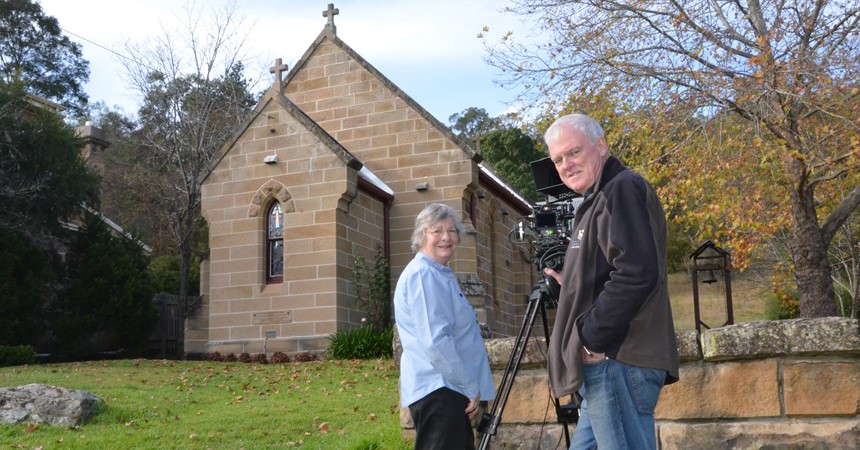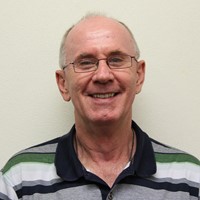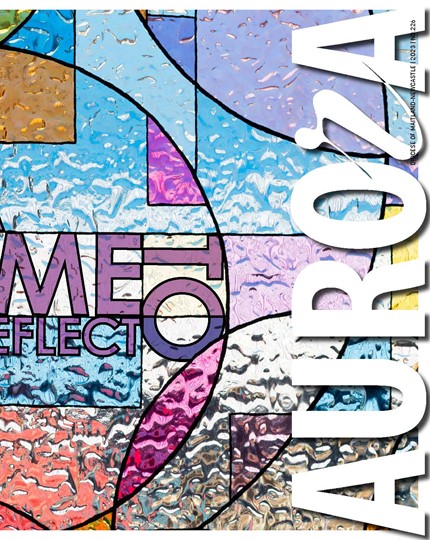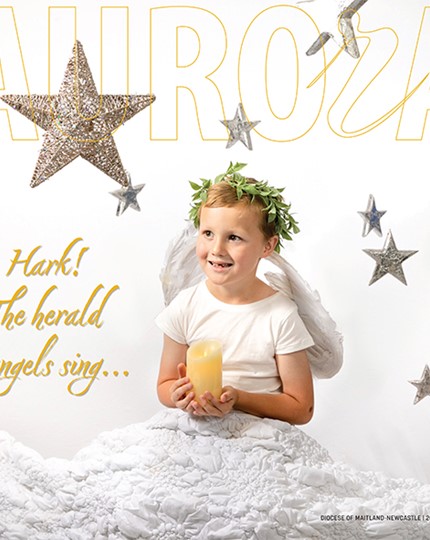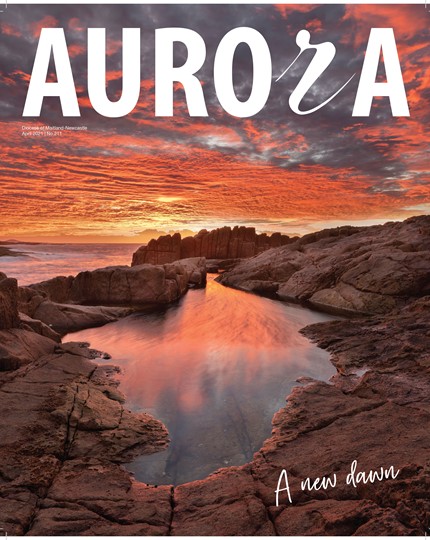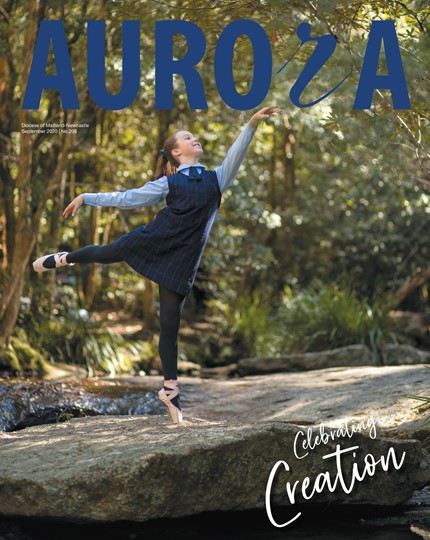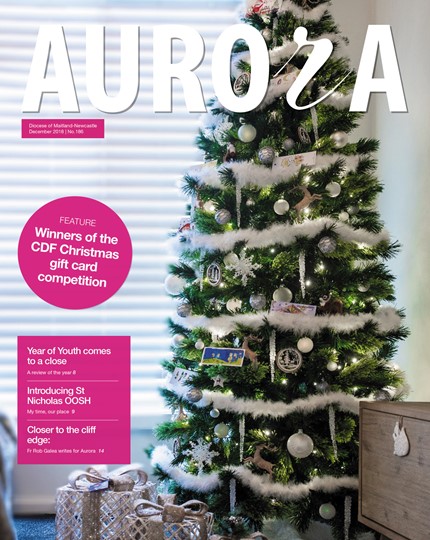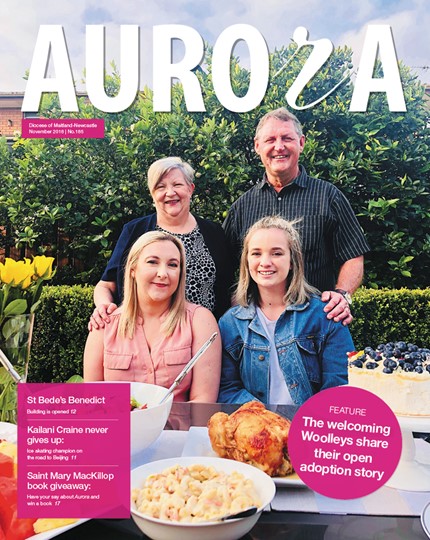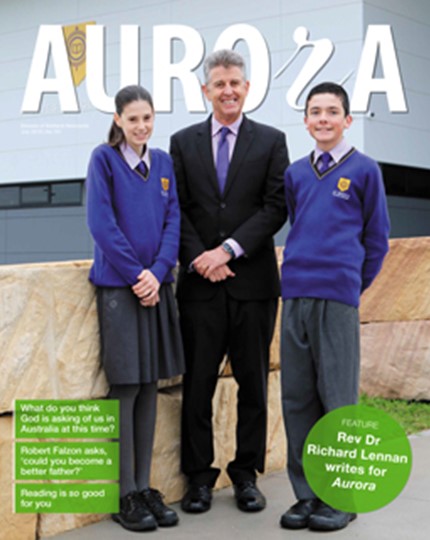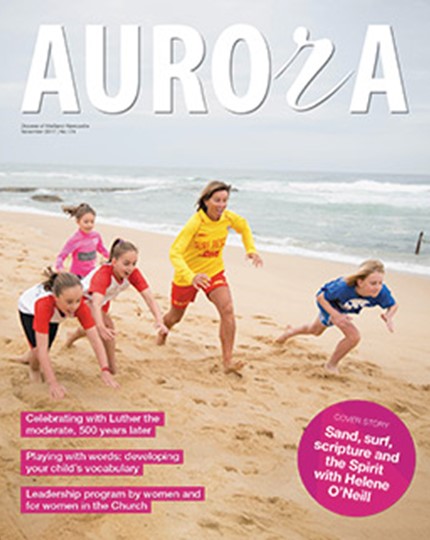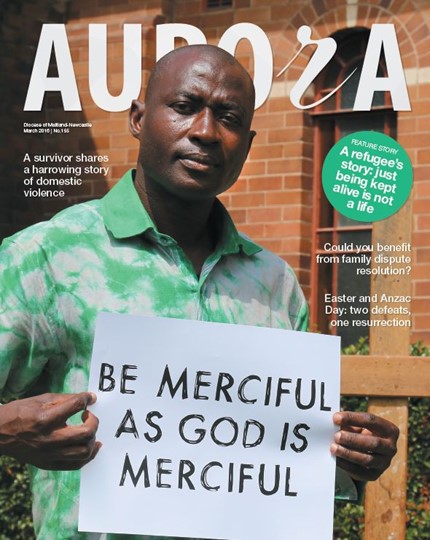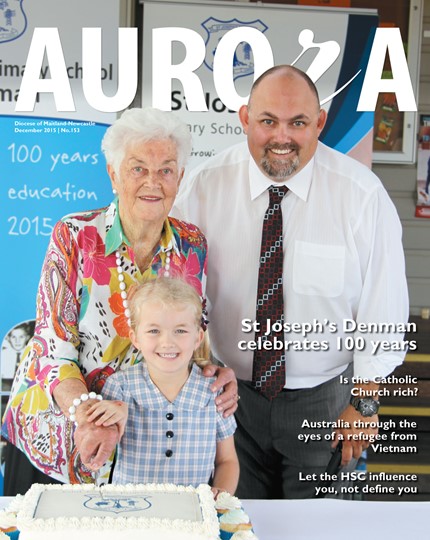Wollombi means ‘meeting place of the waters’ or simply ‘meeting place’ in the ancient Aboriginal naming. It was also where they, for millennia, gathered together.
For the Darkinjung people, as well as the Awabakal and Wanaruah nations, the locality was a ceremonial meeting place where east coast peoples gathered on pilgrimage to nearby Mount Yengo. The top of this spiritually significant mountain was flattened by the dreamtime Sky Father, Baiame, when he leapt back to the spirit world after creating all the mountains, lakes, rivers and caves in the area.
It was also the meeting place of convicts. Work gangs from Castle Hill converged at Wollombi with gangs from Newcastle (via Maitland and Cessnock) as Major Thomas Mitchell’s Great North Road was pushed through to open up the colony.
Free settlers made it their meeting place, too, when they took up residence in the valley from 1829. As congregations they gathered at St Michael the Archangel Catholic Church from 1843 and at the Anglican St John’s Church from 1849.
Too many waters met here in 1893. St Michael’s, nearer the creeks than St John’s, was engulfed by the mighty flood. But, it’s an ill flood that brings no benefit. The good locals, Catholic and other, pitched in. It seems, from the short time involved, that the church was dismantled and then re-assembled on a higher and more apt site at the heart of the village, where it stands today.
St Michael’s continued to serve its congregations well through another ten decades of lifetimes.
Then came 1991. It was up for sale. Cessnock parish could not continue to sustain it.
The villagers and surrounding valley residents gathered. They bought it. Catholics and others pitched in with money, fund-raising activities, their labour, their determination – and bought St Michael’s for the community of the Wollombi Valley.
No longer technically a Catholic Church, it is a Catholic Chapel belonging to the people of Wollombi. Catholic in its history and its overall character it is also ecumenical, and broader, in its reaching out and gathering in. Inter-denominational Stations of the Cross are conducted on Good Friday. Catholic, other religious and civil weddings are celebrated within its sandstone walls.
“What’s the heart of the St Michael’s story?” I ask Gael Winnick. “Community!” she says without hesitating. “Sectarianism didn’t get to this valley,” continues Gael, as she tells me the St Michael’s tale and shows me its beautiful interior. This church represents a community at its best, one with an edifying history of overcoming adversity and pulling together, heedless of differences in religious affiliation that have blighted some other localities.
Gael is preserving the story. With local photographer and fi lm-maker, Ken Martin, she is producing a fi lm about the recent history of St Michael’s, its sale and buy-back by the community, and the amazing efforts of the locals to restore and preserve it as the treasure in the heart of their village. The community of St Michael’s will celebrate 175 years with Mass on 26 September. Locals of all hues will fill their church and congregate outside. Their meeting-place will honour a community with its long history of being and working together.
The ‘meeting place of the waters’ – and of the ancients, the convicts, the settlers, the generations, the locals, the visitors – will flow on as a place of real community. The Sky Father is surely pleased with his creative work, watched over by his angelic champion.
